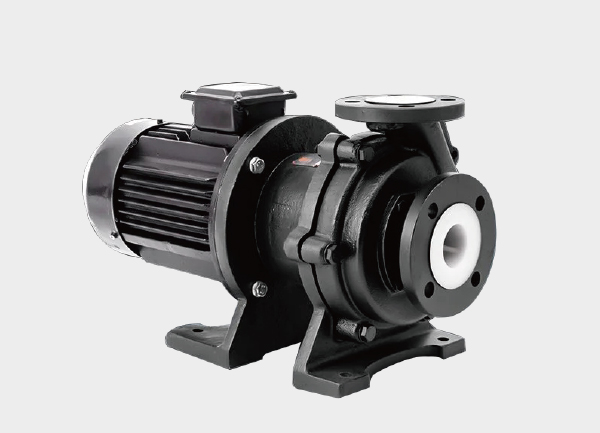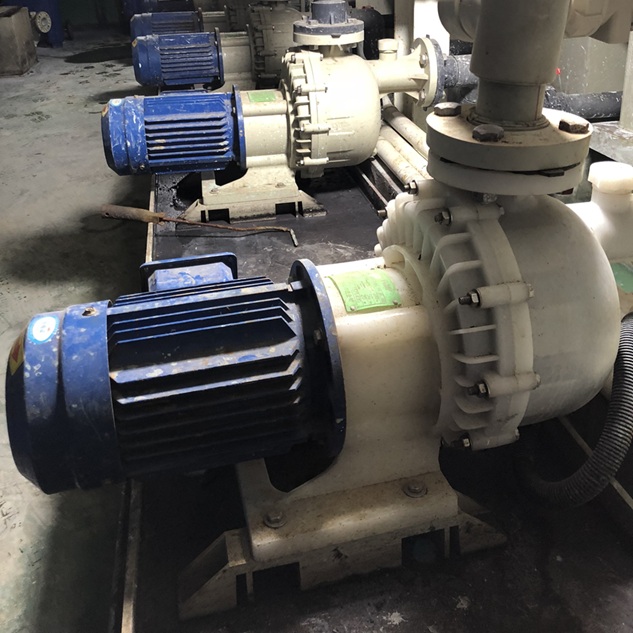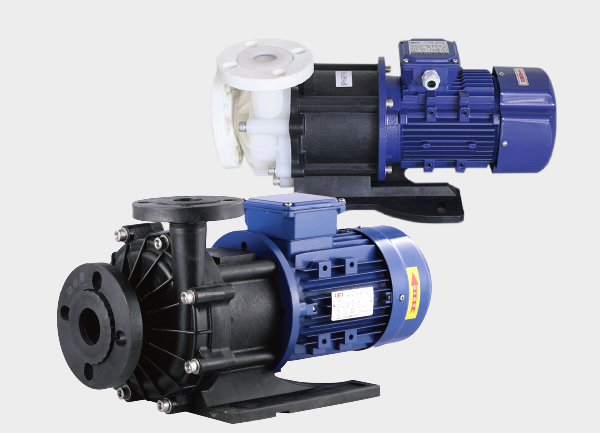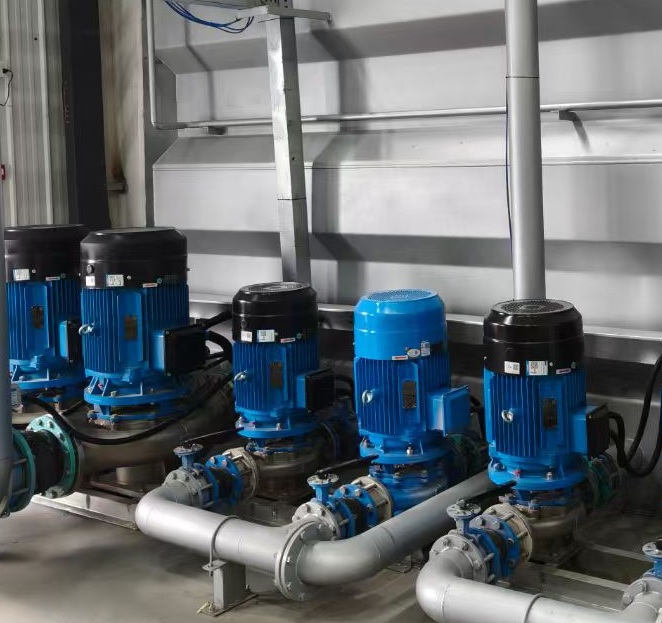In chemical plants, pungent odors and ground stains used to be common occurrences, mostly caused by the mechanical seal leakage of centrifugal pumps. Now, a “no-seal” magnetic pump is quietly replacing traditional equipment, firmly locking corrosive media such as hydrochloric acid, benzene, and liquid chlorine within the pipelines, achieving zero “leaks, spills, and drips”.

The structure of the magnetic pump resembles a “Russian nesting doll”: the outer layer is the motor-driven external magnetic steel; the middle layer is a 2-millimeter-thick non-metallic isolation sleeve; and the inner layer is the integrated inner magnetic steel with the impeller.
When the external magnet rotates, the magnetic field penetrates the isolation sleeve, driving the inner magnet to rotate synchronously, and the liquid is completely enclosed within the sleeve, with no shaft protruding from the pump body, thus eliminating the need for the wear-prone mechanical seal. Laboratory helium mass spectrometry testing shows that the leakage rate is as low as 1×10⁻⁹ Pa·m³/s, with only a drop the size of an eye drop lost over ten years of operation, which is imperceptible to the naked eye.
Zero leakage brings three major benefits:
1.safety and environmental protection, with VOC emissions reduced by 90%; enterprises no longer receive complaints due to odors;
2.cost savings, eliminating the need for sealing flushing systems and spare parts, with annual maintenance costs reduced by 30% to 50%;
3.extended lifespan, without seal surface friction, bearings are changed to self-lubricating silicon carbide, with a continuous operating cycle of up to 20,000 hours, equivalent to two and a half years of no downtime.
Of course, magnetic pumps also have “red lines”. The metal isolation sleeve generates eddy currents in the magnetic field, causing temperature rise; if the medium contains solid particles, it will wear the bearings like sandpaper. Therefore, a 60-mesh filter needs to be installed at the inlet, with particle diameters controlled within 0.1 millimeters; priority should be given to selecting low eddy current materials such as Hastelloy and ceramics, limiting the temperature rise to below 20 degrees Celsius; and a break flow protection device should be set up to avoid burning out the bearings during idle operation.
From high-purity acetic acid in the PTA plant to electrolyte in the lithium battery workshop and solvents in the pharmaceutical factory, magnetic pumps are moving dangerous liquids “invisible” in flow, using invisible magnetic fields to guard against visible green and safety, and paving a fast road to the future of “zero leakage” for the chemical industry.







